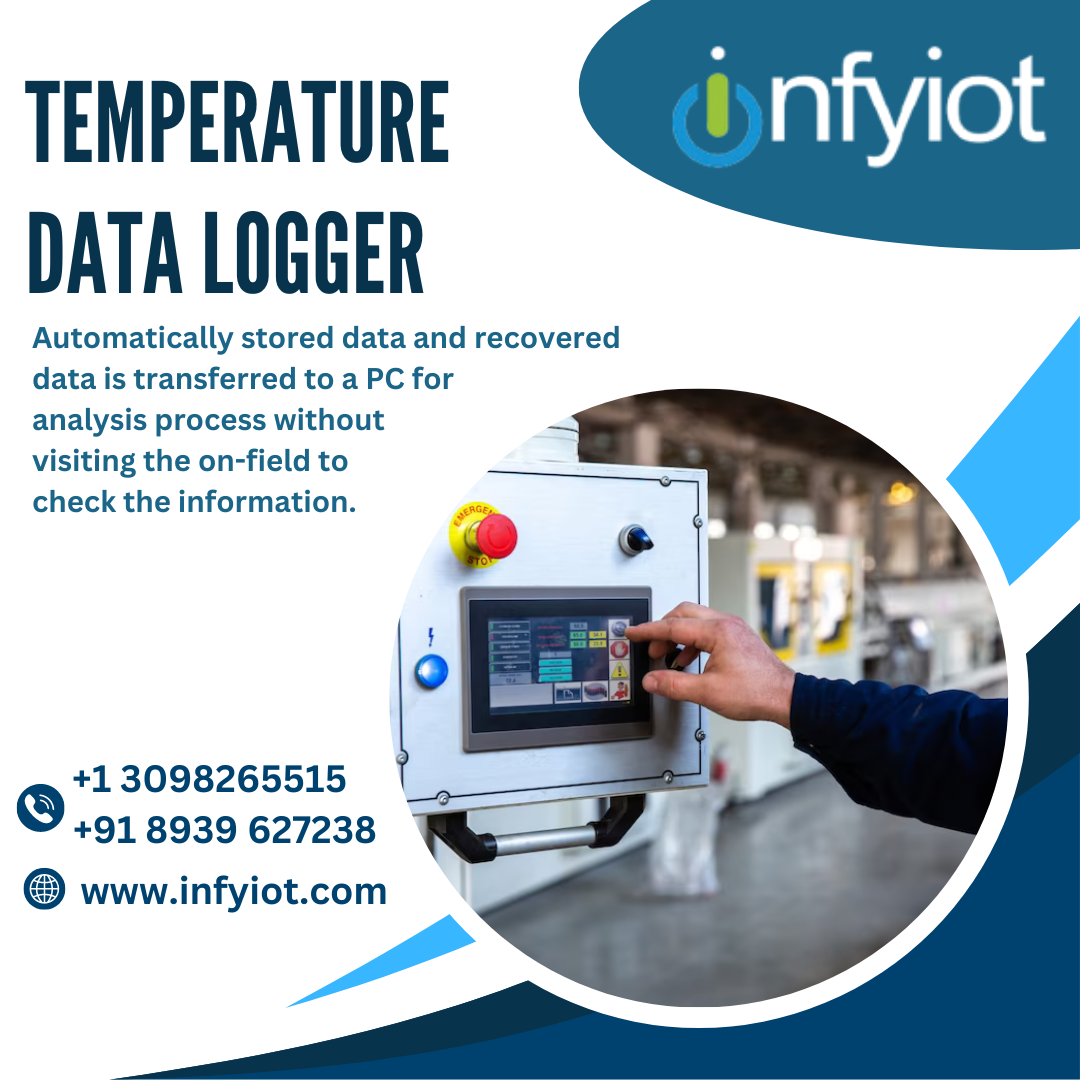Selecting the Perfect Fit: A Guide to Choosing the Right Temperature Data Logger


Temperature data loggers come in various types and models, each designed to cater to specific temperature monitoring requirements. From simple single-use loggers to advanced wireless systems, choosing the right Temperature Data Logger for your application is crucial. In this guide, we explore the key factors to consider when selecting a temperature data logger to ensure accurate and reliable temperature monitoring.
Temperature Range and Accuracy:
The first consideration when choosing a data logger is its temperature range and accuracy. Different applications require loggers that can measure within specific temperature ranges, whether it’s ultra-low temperatures in cryogenic storage or high temperatures in industrial processes. Ensure the data logger’s temperature range aligns with the needs of your application, and opt for loggers with higher accuracy for more critical and sensitive environments.
Data Logging Interval and Capacity:
Data loggers record temperature readings at regular intervals, and the logging interval can vary between models. For applications that demand frequent monitoring and precise data, choose a data logger with a shorter logging interval. Additionally, consider the storage capacity of the logger; some models can store thousands of readings, while others have limited space. Ensure the logger can accommodate your desired data retention period without overwriting crucial data.
Connectivity and Data Retrieval:
The method of data retrieval and connectivity is an essential aspect of data loggers. Traditional loggers may require manual retrieval and data transfer via USB or memory cards. However, newer wireless data loggers offer more convenience, allowing users to access real-time data remotely through mobile apps or cloud platforms. Consider the connectivity options that align with your monitoring needs and infrastructure.
Power Source and Battery Life:
The power source and battery life of data loggers can significantly impact their usability and maintenance requirements. Battery-powered loggers are typically more flexible and portable, making them suitable for various applications. Evaluate the battery life of the logger, especially if it will be deployed in locations where frequent battery replacement is challenging.
Durability and Environmental Considerations:
The durability and environmental resistance of data loggers are crucial factors, especially for applications in harsh conditions or challenging environments. Some loggers are specifically designed to withstand extreme temperatures, moisture, and vibrations. Consider the environmental conditions in which the logger will be used, and choose a model that meets the required durability standards.
Conclusion:
Selecting the right Temperature Data Logger is essential to ensure accurate and reliable temperature monitoring in various applications. Carefully assess your temperature monitoring requirements, including temperature range, accuracy, data logging interval, connectivity, and environmental considerations. By choosing the perfect fit for your needs, you can maintain optimal temperature conditions, comply with regulations, and safeguard temperature-sensitive products effectively.
Find Infyiot Solutions at Tamarai IT Park, Thiru Vi Ka Industrial Estate, Guindy, Chennai-600032 or call us at +918610984802 or +919941188477 and browse https://infyiot.com/ to know more details.
Also read: Temperature Data Logger- Is better than a thermometer?
Comments
Post a Comment